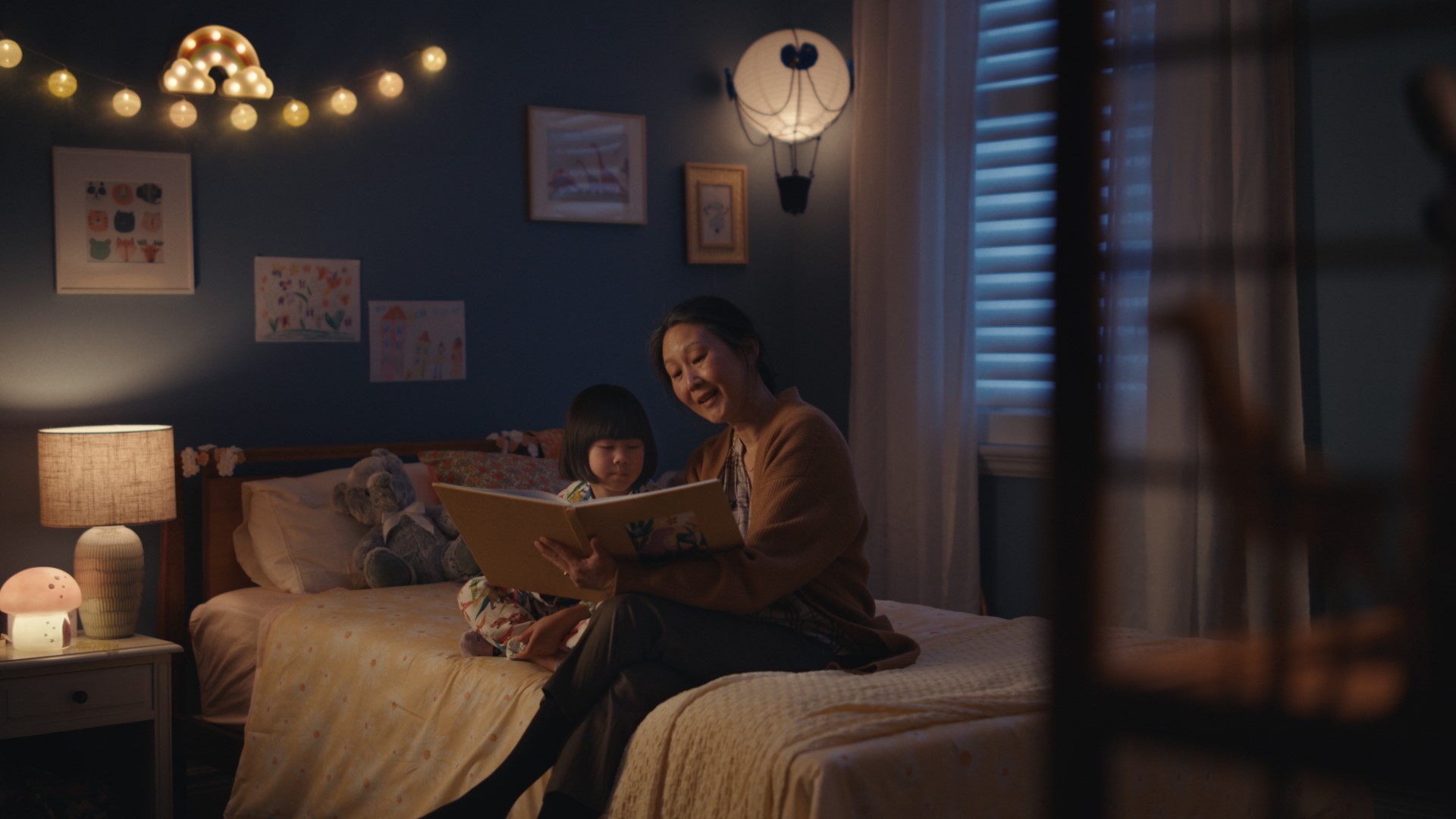‘One Talk at a Time’ aims to help prevent child sexual abuse by encouraging adults to learn about the issue and have ongoing, proactive, preventative conversations with children, young people and other adults. The campaign is aimed at adults with children and young people in their lives.
‘One Talk at a Time’ was informed by a substantial research program to ensure it is effective, culturally-safe, accessible and trauma-informed. This research included research and testing with over 8,500 Australians, including the campaign’s target audience, victims and survivors, child safety experts and the National Strategy’s priority groups.
Around 1 in 4 Australian adults have experienced child sexual abuse.
It can happen within families, by other people the child or young person knows or does not know, in organisations and online.
Child sexual abuse can have profound, long-term impacts across all aspects of a person’s life, including their physical and mental health, education, employment and relationships.
All children have the right to be safe from sexual abuse. We all have a role to play in creating safe environments for children and young people and preventing abuse.
Conversations have the power to prevent child sexual abuse.
You might not be an expert in the topic but no one knows the people in your life better than you do. You are the right person to have conversations with children, young people and other adults around you.
Start by learning about child sexual abuse, including where and how it occurs and how you can protect children and young people in your life.
There are tools and resources to help you have conversations.
The National Office for child Safety has prepared a range of tools and resources to support adults to know how, where and when to have these conversations.
Translated materials are available in: Arabic, Chinese Simplified, Chinese Traditional, Farsi, Hazaragi, Khmer, Korean , Punjabi, Thai and Vietnamese. Additional languages will be available on the campaign website in coming months.
Source: National Office for Child Safety

